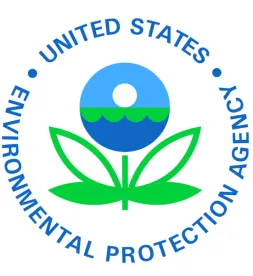On March 17, 2016, the U.S. Environmental Protection Agency’s (EPA) Office of Pesticide Programs (OPP), announced in an open letter to stakeholders, that it has developed new tools to “enhance the quality of its risk assessments and risk management decisions and better ensure protection of human health and the environment from pesticide use.” These tools have been developed as part of EPA’s efforts to implement OPP’s Strategic Vision for Adopting 21st Century Science Methodologies (Strategic Vision) initiative. As part of this initiative, OPP released two guidance documents:
- Final Guidance: Process for Establishing & Implementing Alternative Approaches to Traditional In Vivo Acute Toxicity Studies. OPP states that this guidance will “expand the use of alternative methods for acute toxicity testing” and “describes a transparent, stepwise process for evaluating and implementing alternative testing methods (not using live animals) for acute oral, dermal and inhalation toxicity, along with skin and eye irritation and skin sensitization.”
- Draft Guidance: Retrospective Analysis & Guidance for Waiving Acute Dermal Toxicity Tests for Pesticide Formulations. OPP states that this draft guidance “to waive all acute lethality dermal studies for formulated pesticide products” was developed through an analysis “across numerous classes representing conventional pesticides, antimicrobials, and biopesticides [that] examined the utility of the acute dermal toxicity study for formulations in pesticide labelling for end-use products.”
Comments on the draft guidance for waiving acute dermal toxicity tests are due May 16, 2016. The National Research Council’s 2007 report, Toxicity Testing in the 21st Century: A Vision and a Strategy, instigated OPP’s Strategic Vision initiative. EPA states that these guidance documents are significant steps in the report’s implementation and intended to reduced animal testing.



 />i
/>i
